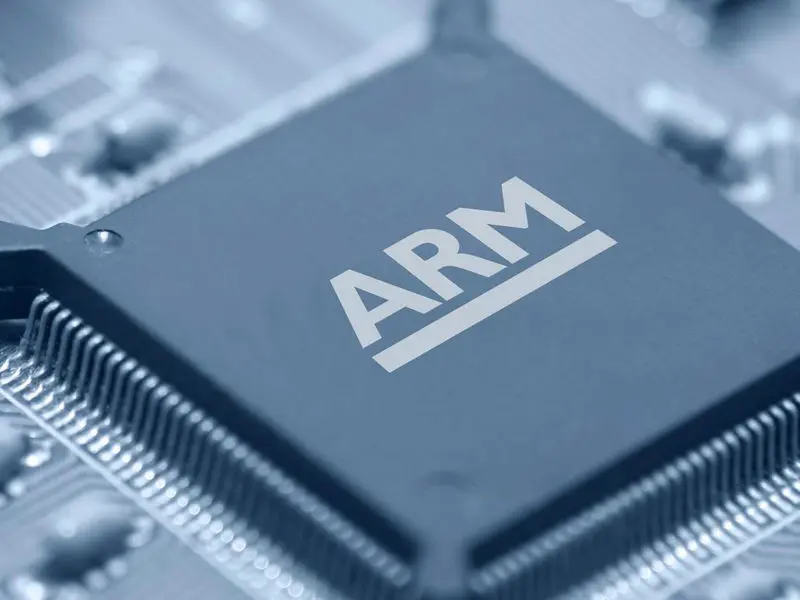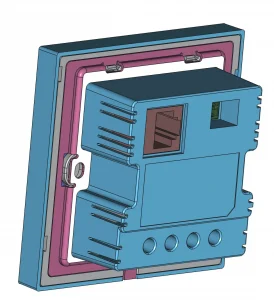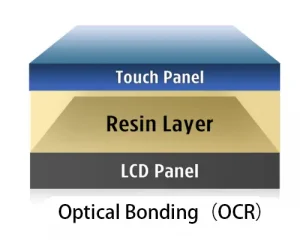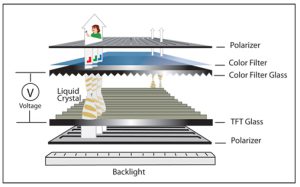An ARM SBC (Single Board Computer) is a compact, all-in-one computing platform built around an ARM-based processor. Unlike traditional computers that rely on multiple hardware components like CPU, RAM, storage, and expansion cards, an ARM SBC integrates these elements into a single board. It’s designed for reliability, efficiency, and small form factor applications across embedded systems, industrial equipment, smart devices, and custom HMI panels.
What Makes ARM SBCs Stand Out?
ARM SBCs are favored in embedded applications because of their exceptional balance of performance, power efficiency, and affordability. ARM processors use a RISC (Reduced Instruction Set Computing) architecture, meaning they execute tasks with fewer instructions and minimal energy consumption. This approach leads to lower heat output and allows systems to operate without active cooling. Many ARM boards can run fanless in tight spaces, making them ideal for products that need long uptime in harsh or enclosed environments.
Thanks to their integrated design, most ARM SBCs include a range of interfaces such as GPIO, I2C, SPI, UART, USB, Ethernet, HDMI, and display outputs like MIPI or LVDS. These features make ARM boards highly suitable for interactive control panels, automation systems, and IoT gateways.
Why Choose an ARM Board Over Other Platforms?
- Energy Efficiency: ARM SBCs typically consume less than 5 watts during standard operation. This makes them ideal for battery-powered or low-power systems.
- Compact Size: Most ARM boards fit in the palm of your hand, making them suitable for space-constrained designs.
- Cost-Effective: ARM chips are generally less expensive than x86 alternatives, offering a better cost-performance ratio for many applications.
- Wide OS Support: Whether you need Linux, Android, or a lightweight RTOS, most ARM SBCs support flexible software development.
These advantages make ARM SBCs an excellent platform for developers building long-lifecycle products where power, stability, and availability matter.
Typical Use Cases for ARM SBCs
ARM boards are used across a wide range of industries and products. Here are a few representative applications:
- Industrial Automation: ARM SBCs power PLCs, control interfaces, and touchscreens in factory environments.
- IoT and Edge Devices: ARM boards form the backbone of smart gateways, data loggers, and remote monitoring units.
- Home Automation: Smart thermostats, wall-mounted controllers, and embedded audio systems often run on ARM SBCs.
- Multimedia Terminals: ARM platforms with display and audio support are used in kiosks, vending systems, and infotainment displays.
- Educational and Maker Projects: Due to their low cost and flexibility, ARM boards are widely adopted in classrooms and personal projects.
How to Choose the Right ARM SBC
Selecting the right ARM board depends on your technical needs and operating environment. Here are some considerations:
- Processor Performance: From basic Cortex-A7 SoCs to powerful Cortex-A55 or Cortex-A72 multi-core processors, match the CPU with your application’s workload.
- Interfaces: Look for MIPI, LVDS, HDMI, USB, and serial I/O support depending on the display and peripherals you plan to connect.
- Connectivity: Check if the board includes Ethernet, Wi-Fi, or 4G/5G capabilities needed for network communication.
- Thermal and Power Range: Industrial-grade ARM boards often support wider temperature ranges and flexible DC input options.
- Software Support: Make sure the board offers a stable BSP (Board Support Package), kernel source, and documentation to speed up development.
For commercial projects, availability of long-term support, CE/FCC certification, and production-ready enclosures are also important.
Notable ARM Boards and Market Trends
Several ARM SBC platforms are widely adopted across industries:
- Raspberry Pi 4: A popular entry-level ARM board with HDMI, USB, and GPIO for general-purpose use.
- Rockchip PX30 or RK3566 Boards: Offer LVDS/MIPI support, Android/Linux compatibility, and rich peripheral options for HMI and multimedia systems.
- Allwinner A64/V3s SBCs: Great for low-cost digital signage, access control, or consumer products.
- NXP i.MX6/i.MX8 Series: Designed for industrial use, with long lifecycle and strong ecosystem support.
The ARM SBC market continues to evolve with new features and technologies:
- Better integration of AI processing for on-device inference
- Improved efficiency, enabling fanless systems in more demanding environments
- Support for emerging standards like 5G, USB-C, and advanced security features
- More modular approaches using SOM (System on Module) + carrier boards
Conclusion
Whether you’re building an industrial HMI, an IoT gateway, or a smart display panel, ARM SBCs provide a practical foundation. Their combination of small size, energy efficiency, and affordability gives developers the flexibility to build robust embedded solutions that scale. As software and hardware ecosystems continue to mature, ARM boards will remain a trusted choice for powering embedded innovation.
Frequently Asked Questions about ARM SBCs
What is an ARM SBC used for?
ARM SBCs are used in embedded systems, industrial automation, smart displays, IoT gateways, and energy-efficient computing tasks.
How is an ARM board different from a Raspberry Pi?
Raspberry Pi is a type of ARM SBC, but there are many other ARM boards tailored for industrial use, with better display interfaces, long lifecycle support, and different I/O combinations.
Is ARM better than x86 for embedded systems?
For most embedded applications, ARM is preferred due to its lower power consumption, smaller size, and cost efficiency.
Can I run Linux or Android on an ARM SBC?
Yes, most ARM SBCs support Linux distributions like Debian or Ubuntu, and many also support Android OS.
How do I choose the right ARM SBC?
Consider performance, I/O needs, OS support, power input range, and whether you need display interfaces like LVDS or MIPI for your project.






